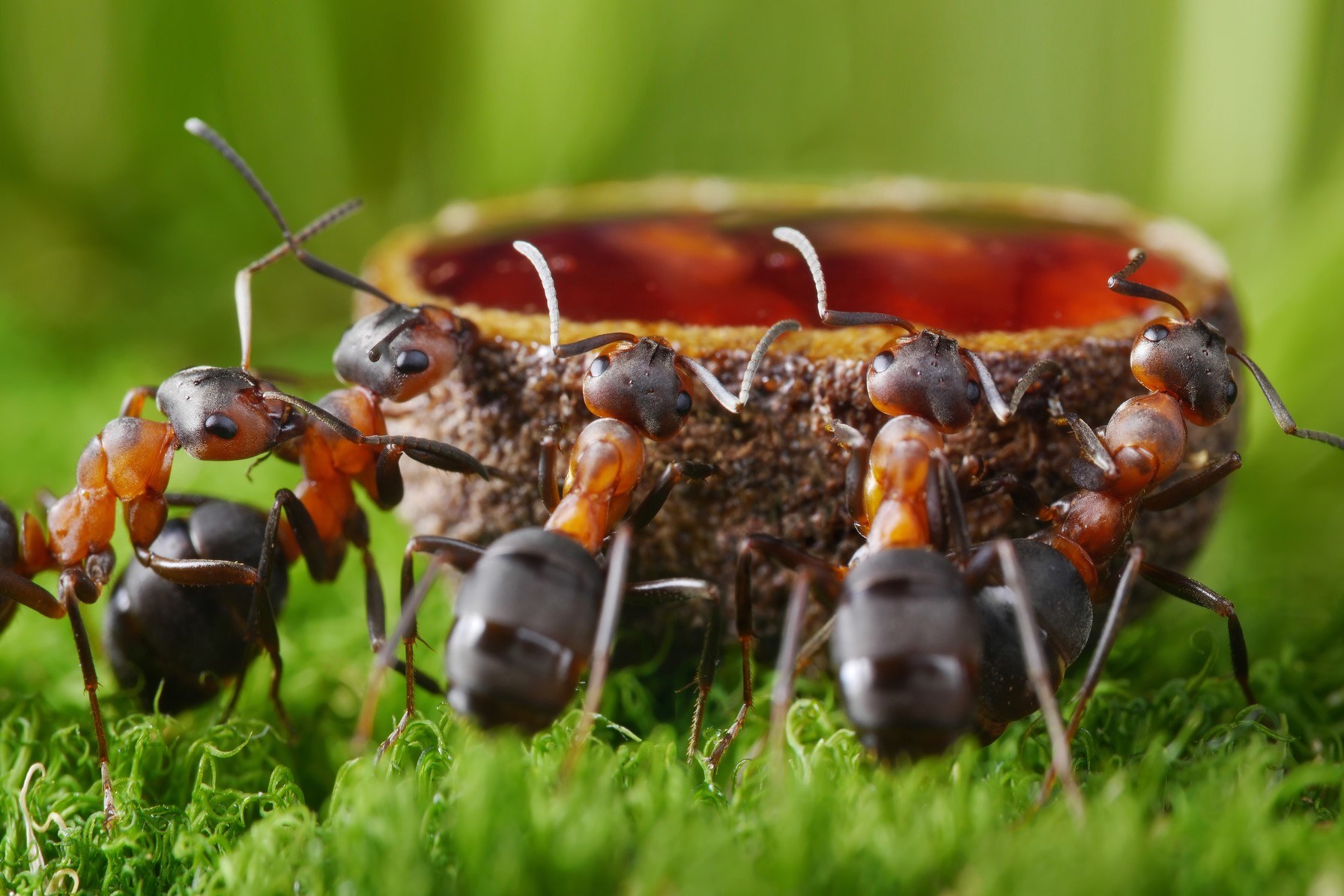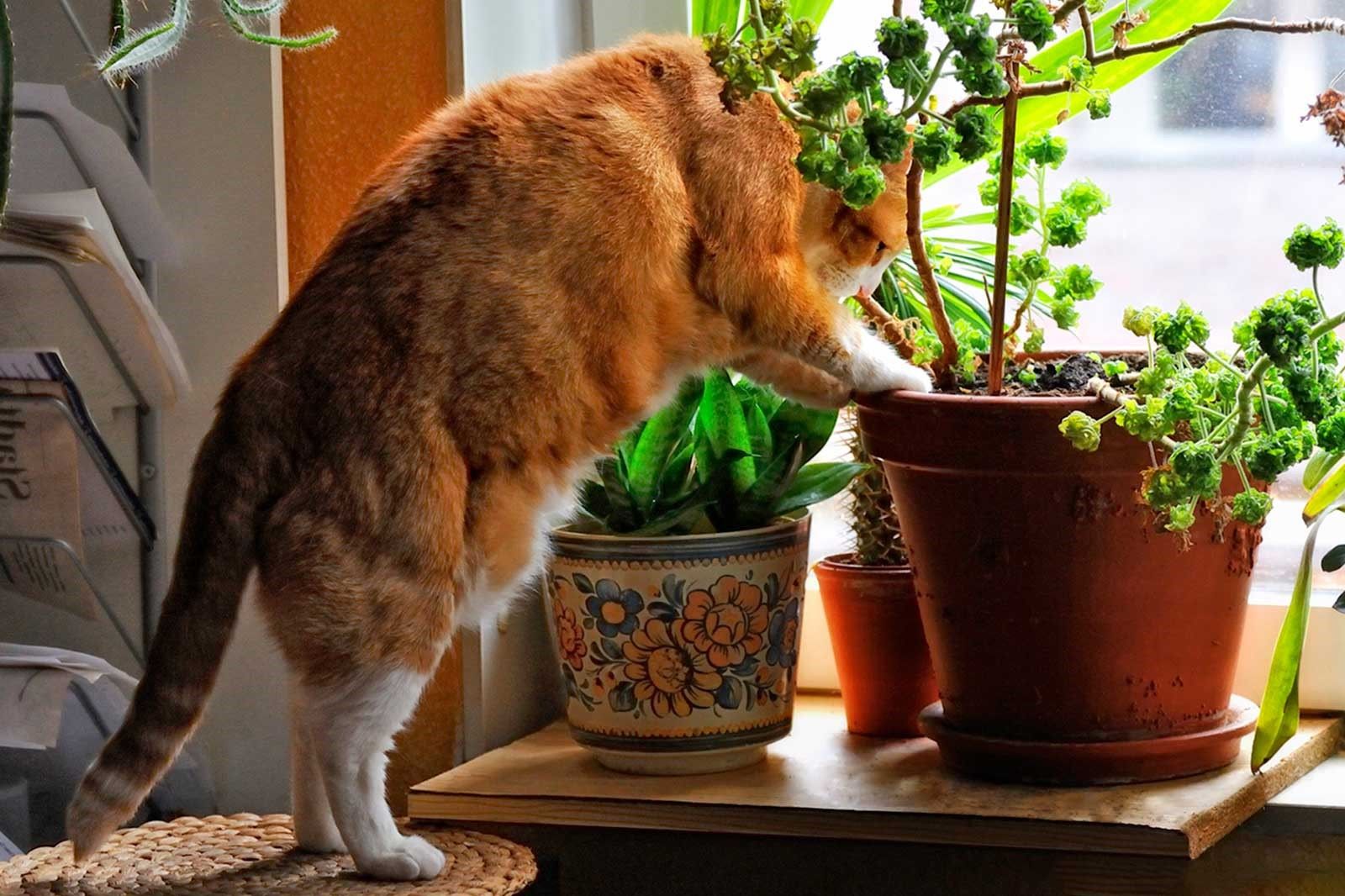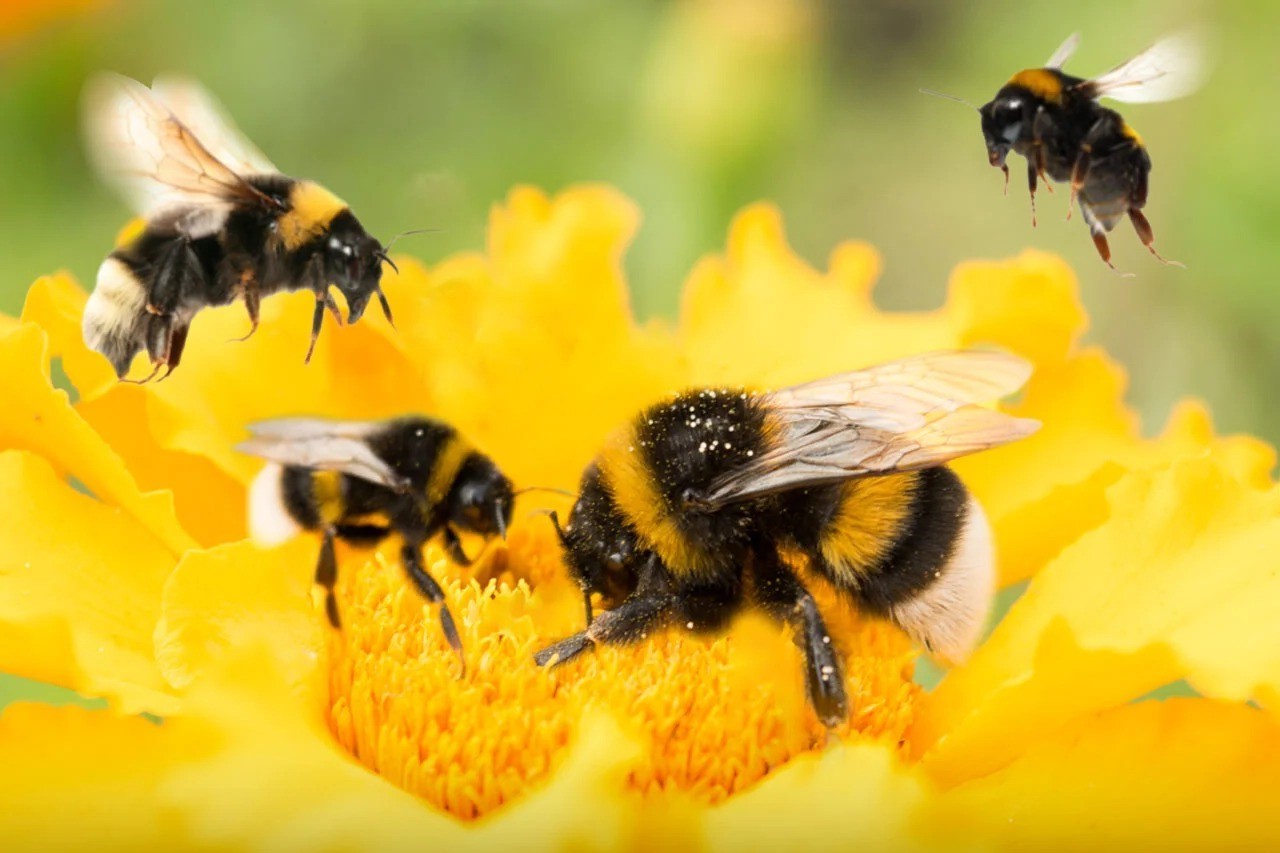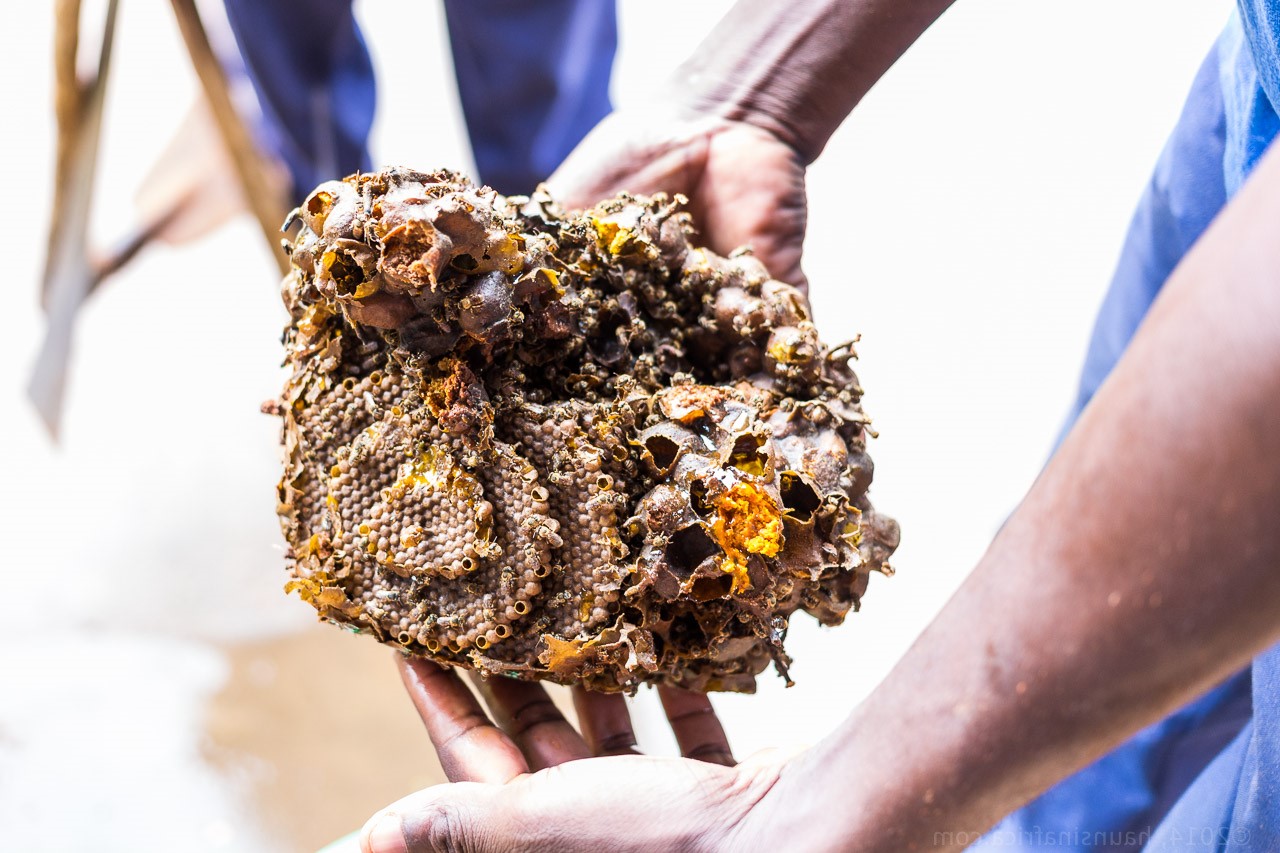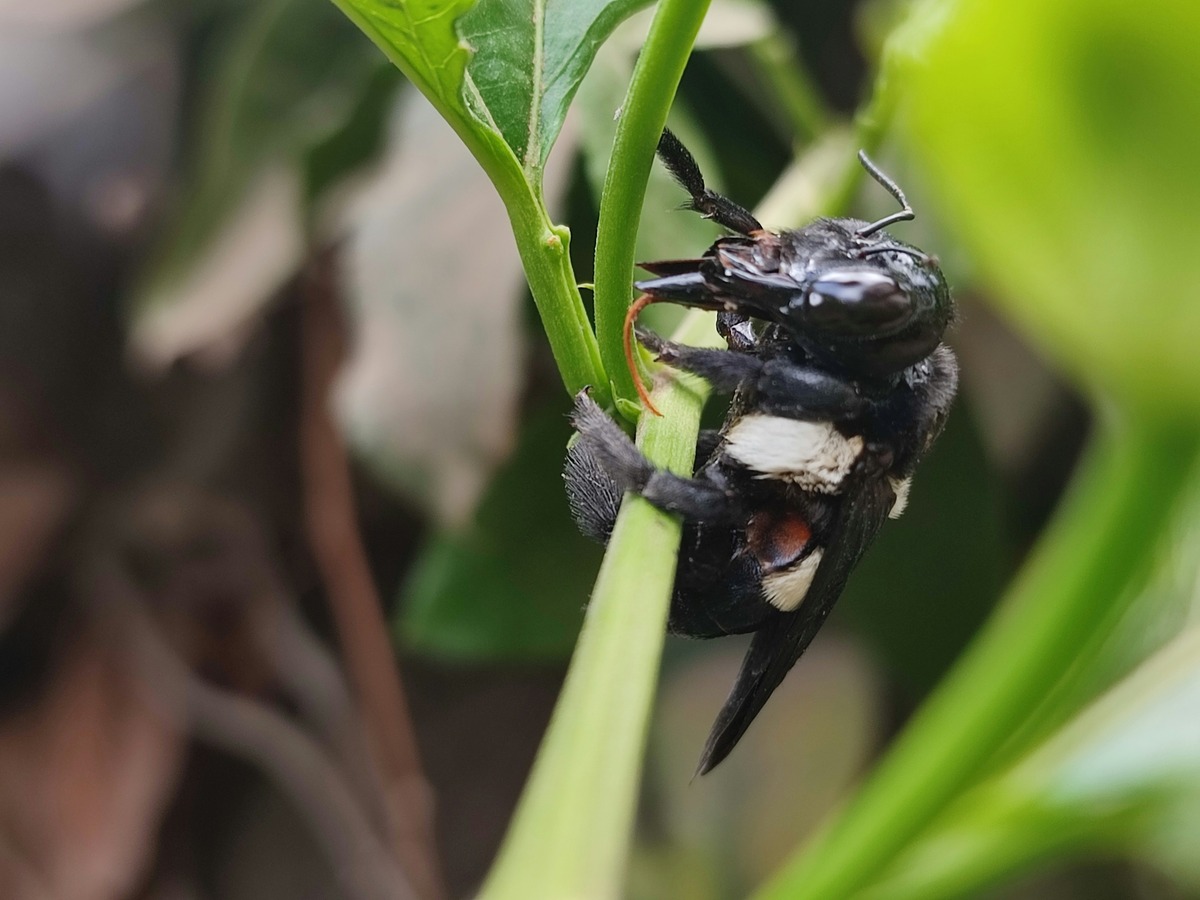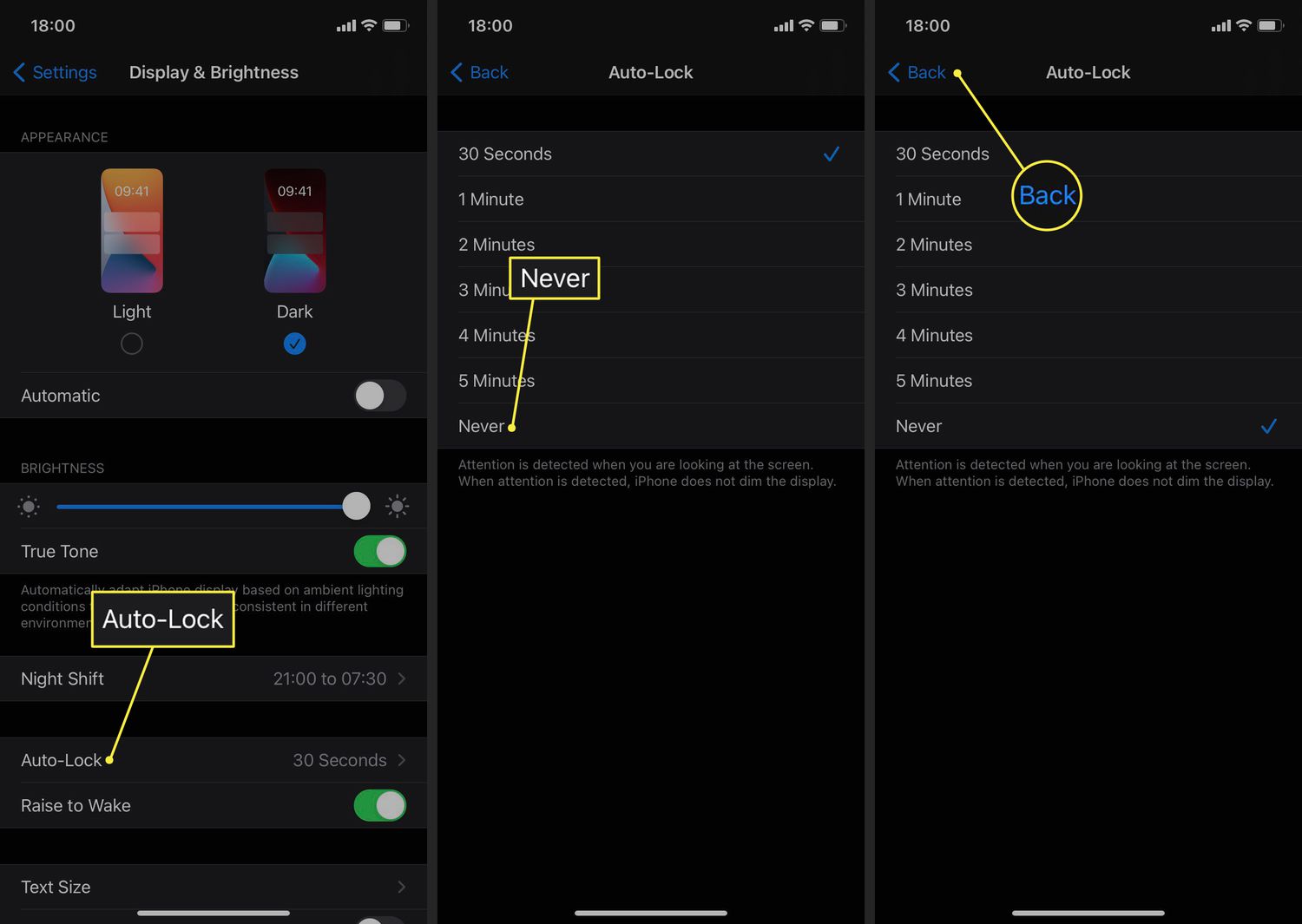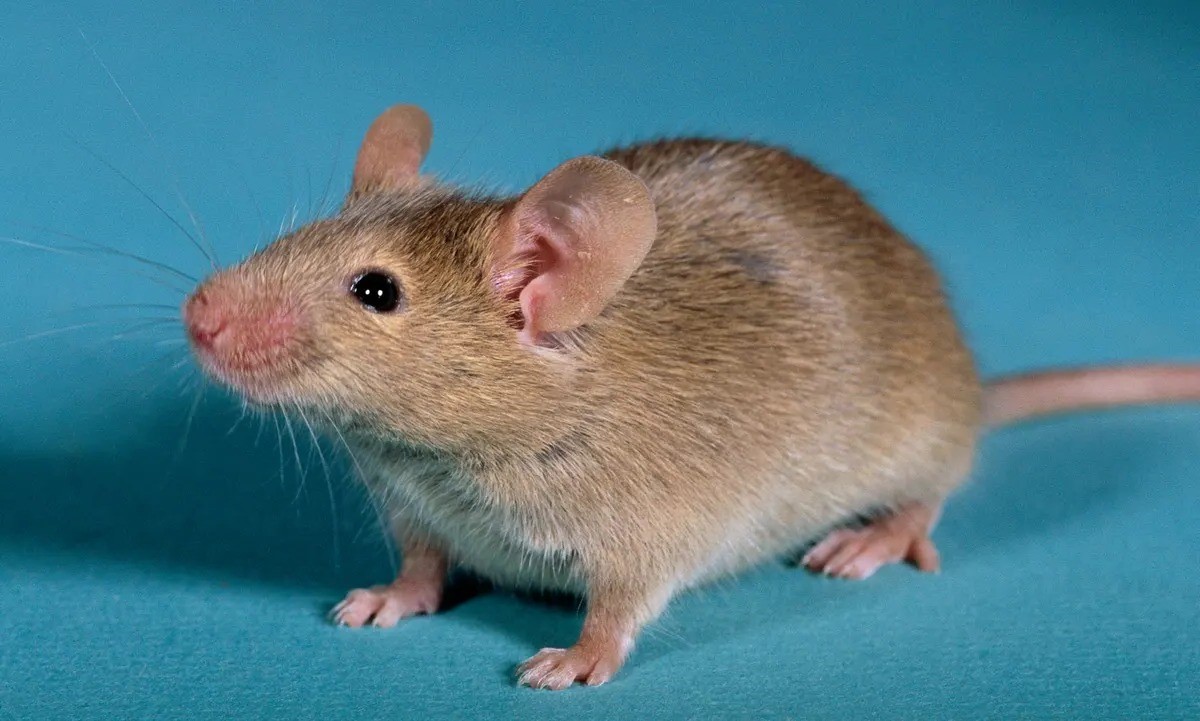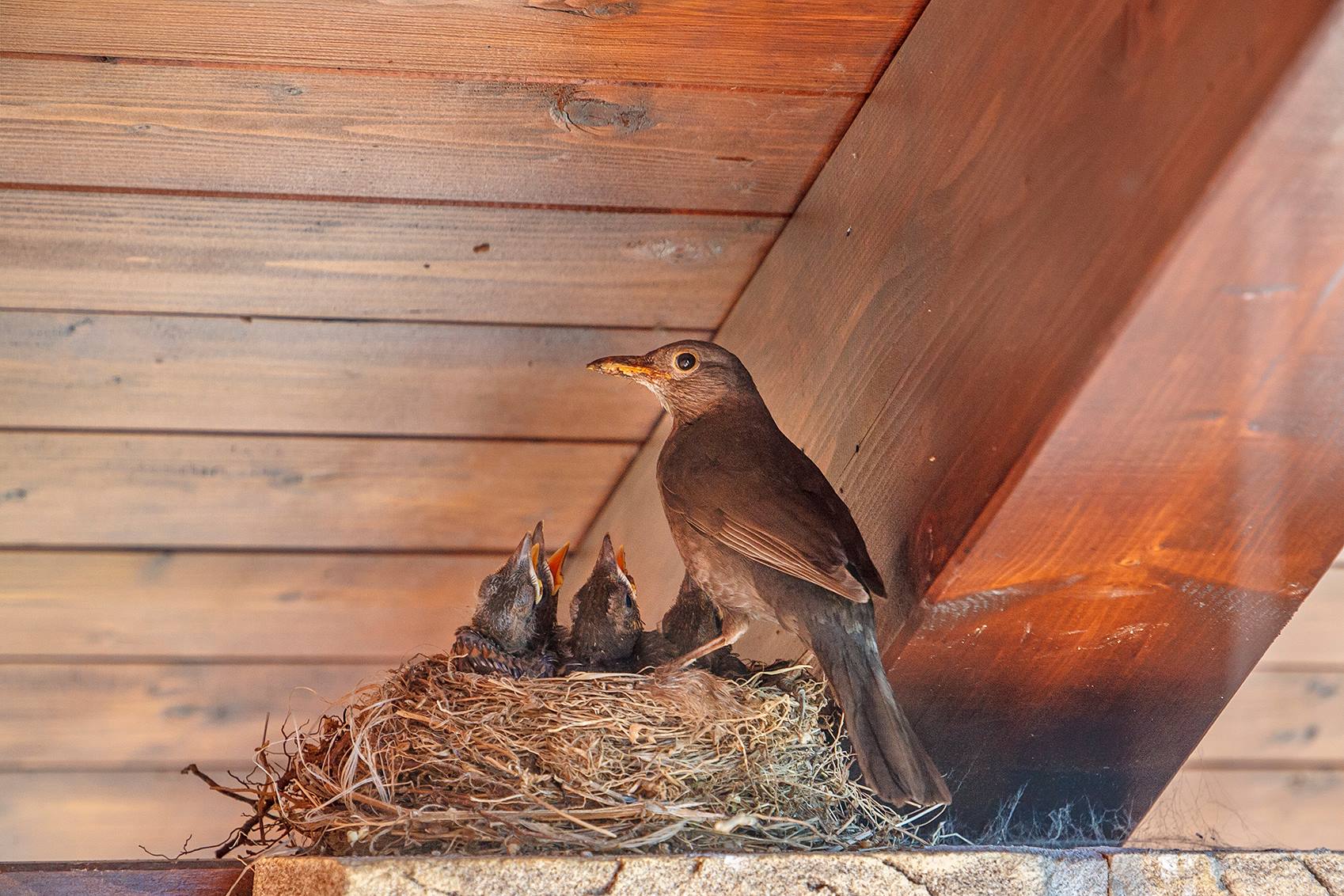Home>Home and Garden>How To Keep Bees Away From Hummingbird Feeders


Home and Garden
How To Keep Bees Away From Hummingbird Feeders
Published: March 7, 2024
Learn effective ways to keep bees away from hummingbird feeders in your home and garden. Discover simple tips and solutions to create a bee-free environment for your hummingbirds.
(Many of the links in this article redirect to a specific reviewed product. Your purchase of these products through affiliate links helps to generate commission for Noodls.com, at no extra cost. Learn more)
Table of Contents
Introduction
Hummingbirds are a delight to watch as they flit and hover around feeders, their iridescent feathers catching the sunlight. These tiny, energetic birds bring joy and beauty to any outdoor space. However, the peaceful scene can quickly turn chaotic when bees decide to join the party. While bees are essential for pollination and the ecosystem, their presence around hummingbird feeders can deter the very birds we aim to attract.
The sight of bees swarming around the feeder can be frustrating for bird enthusiasts, and it often leads to a dilemma. How can we keep the hummingbird feeders free from bees while still providing a welcoming environment for these delightful birds? This challenge has prompted many to seek effective solutions that strike a balance between preserving the natural environment and ensuring the comfort of both bees and hummingbirds.
In this article, we will explore various strategies and natural remedies to address the issue of bees congregating around hummingbird feeders. By understanding the behavior of bees and hummingbirds, as well as the factors that attract them to the feeders, we can implement practical and eco-friendly measures to create a harmonious coexistence between these fascinating creatures. Let's delve into the world of hummingbirds and bees, uncovering the secrets to keeping bees at bay without compromising the allure of our beloved hummingbird visitors.
Read more: How To Keep Bees Away
Understanding the Problem
When bees are drawn to hummingbird feeders, it creates a challenging situation for both humans and wildlife. Understanding the root of this issue is crucial in devising effective solutions. Bees are naturally attracted to the sweet nectar found in hummingbird feeders. Their keen sense of smell leads them to these sources of sugar, which they perceive as an abundant food supply. Additionally, the color red, commonly used in hummingbird feeder designs, is known to attract bees. This color resembles the vibrant hues of flowers, which are prime nectar sources for bees.
The presence of bees around hummingbird feeders can lead to several problems. Firstly, it can deter hummingbirds from accessing the nectar, as they may feel threatened or intimidated by the buzzing insects. This interference disrupts the natural feeding patterns of the hummingbirds and can ultimately drive them away from the area. Furthermore, the accumulation of bees around the feeders can create an unwelcoming environment for humans who wish to enjoy the serene presence of hummingbirds.
It's important to recognize that bees are crucial for the pollination of plants and the production of honey. Therefore, the goal is not to eliminate bees but rather to find a way for them to coexist harmoniously with hummingbirds. By addressing the factors that attract bees to the feeders and implementing strategies to minimize their presence, we can create a more favorable environment for both bees and hummingbirds.
In the next sections, we will explore practical tips and natural remedies that can help mitigate the issue of bees congregating around hummingbird feeders. These solutions aim to strike a balance between preserving the natural ecosystem and ensuring the unhindered enjoyment of observing hummingbirds in their natural habitat.
Tips for Keeping Bees Away
-
Choose the Right Feeder: Opt for feeders with bee-resistant features, such as bee guards or moats. Bee guards are mesh or plastic barriers that prevent bees from accessing the nectar ports, while moats are water-filled barriers that create a physical deterrent for bees. These specialized feeders are designed to allow hummingbirds to access the nectar while deterring bees.
-
Relocate the Feeder: Assess the placement of the feeder and consider moving it to a new location. Placing the feeder in a more shaded area can make it less appealing to bees, as they are typically attracted to warm, sunny spots. Additionally, positioning the feeder near natural bee-repelling plants, such as marigolds or mint, can help deter bees from congregating around the feeder.
-
Maintain Cleanliness: Regularly clean the feeder to remove any drips or spills that can attract bees. Use a mild soap and water solution to thoroughly clean the feeder, ensuring that no residual nectar or debris remains. By maintaining a clean feeding environment, you can minimize the attraction of bees to the feeder.
-
Adjust the Nectar Mixture: Consider altering the nectar mixture to make it less appealing to bees. While hummingbirds are attracted to a solution of four parts water to one part sugar, bees are less inclined to feed on nectar with a higher water content. Adjusting the sugar-to-water ratio to be slightly stronger can make the nectar less attractive to bees while still providing a suitable source of energy for hummingbirds.
-
Create a Distraction: Introduce alternative feeding stations for bees to divert their attention away from the hummingbird feeder. Placing a separate feeder filled with a diluted sugar solution in a different area of the garden can help draw bees away from the hummingbird feeder, reducing their presence and allowing hummingbirds to feed undisturbed.
-
Utilize Bee-Repelling Scents: Incorporate natural scents that repel bees around the feeding area. Essential oils such as peppermint, eucalyptus, or citronella can act as natural bee deterrents. By strategically placing these scents near the feeder, you can discourage bees from lingering in the vicinity.
By implementing these practical tips, you can create an environment that is more conducive to the uninterrupted enjoyment of hummingbirds while minimizing the presence of bees around the feeders. These strategies aim to strike a balance between preserving the natural ecosystem and ensuring the comfort of both bees and hummingbirds.
Natural Solutions
In addition to the practical tips for keeping bees away from hummingbird feeders, there are natural solutions that can effectively deter bees while maintaining a welcoming environment for hummingbirds. These eco-friendly remedies leverage the innate behaviors and preferences of bees, offering a harmonious approach to managing their presence around the feeders.
1. Plant Bee-Repelling Flora
Introducing bee-repelling plants in the vicinity of hummingbird feeders can serve as a natural deterrent. Certain plants, such as marigolds, mint, basil, and citronella, emit scents that bees find unappealing. By strategically placing these plants near the feeders, you can create a natural barrier that discourages bees from congregating in the area. Not only do these plants contribute to a visually appealing garden, but they also play a vital role in minimizing the presence of bees around the hummingbird feeders.
Read more: 10 Homemade Remedies To Keep Bees Away
2. Utilize Vinegar-Based Solutions
Vinegar, particularly white vinegar, is known for its ability to repel bees. By creating a diluted vinegar solution and applying it to the surrounding areas of the hummingbird feeders, you can deter bees without causing harm to the environment. The scent of vinegar disrupts the pheromone trails that bees use to communicate and locate food sources, effectively discouraging them from lingering around the feeders.
3. Employ Citrus-Based Deterrents
Citrus fruits, such as lemons and oranges, contain natural compounds that are unappealing to bees. By strategically placing citrus peels or utilizing citrus-based sprays near the hummingbird feeders, you can create a natural barrier that deters bees. The strong scent of citrus acts as a natural repellent, encouraging bees to seek alternative foraging locations away from the feeders.
4. Install Bee-Repelling Feeders
Consider utilizing bee-repelling feeders that are specifically designed to deter bees while accommodating hummingbirds. These specialized feeders incorporate features such as bee guards, which prevent bees from accessing the nectar ports, and innovative designs that make it challenging for bees to land and feed. By investing in bee-repelling feeders, you can create a more inviting environment for hummingbirds while minimizing the presence of bees.
By incorporating these natural solutions into your approach, you can effectively manage the presence of bees around hummingbird feeders in a sustainable and eco-friendly manner. These remedies not only contribute to the well-being of hummingbirds but also promote a balanced coexistence with bees within the natural ecosystem.
Conclusion
In conclusion, the presence of bees around hummingbird feeders poses a common challenge for bird enthusiasts and nature lovers. However, by understanding the factors that attract bees to the feeders and implementing practical strategies and natural remedies, it is possible to create a harmonious environment that accommodates both bees and hummingbirds.
By choosing the right feeder with bee-resistant features, such as bee guards or moats, and maintaining cleanliness to minimize spills and drips, you can significantly reduce the attraction of bees to the feeders. Relocating the feeder to a shaded area and adjusting the nectar mixture can further discourage bees from congregating around the feeding stations. Additionally, introducing alternative feeding stations for bees and utilizing bee-repelling scents can divert their attention away from the hummingbird feeders, allowing hummingbirds to feed undisturbed.
Furthermore, natural solutions such as planting bee-repelling flora, utilizing vinegar-based solutions, employing citrus-based deterrents, and installing bee-repelling feeders offer eco-friendly and sustainable methods to deter bees while preserving the natural ecosystem. These natural remedies leverage the innate behaviors and preferences of bees, providing a balanced approach to managing their presence around the feeders.
It is important to emphasize that the goal is not to eliminate bees, as they play a vital role in pollination and the ecosystem. Instead, the aim is to create an environment where bees and hummingbirds can coexist harmoniously. By implementing the tips and natural solutions discussed in this article, individuals can foster a welcoming space for hummingbirds while respecting the essential role of bees in the natural world.
Ultimately, the coexistence of bees and hummingbirds around feeders is achievable through thoughtful consideration of their behaviors and preferences, as well as the implementation of practical and eco-friendly measures. By striking a balance between preserving the natural environment and ensuring the comfort of both bees and hummingbirds, individuals can continue to enjoy the beauty and wonder of these fascinating creatures in their outdoor spaces.
